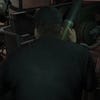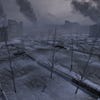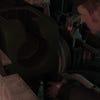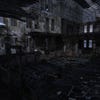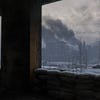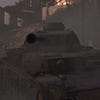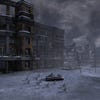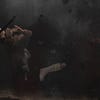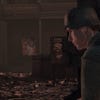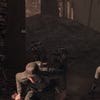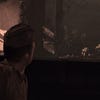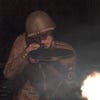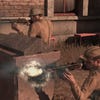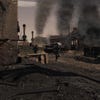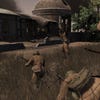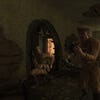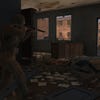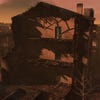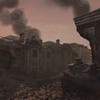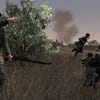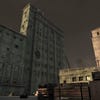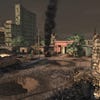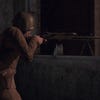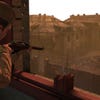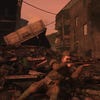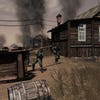Red Orchestra 2: Heroes of Stalingrad
Stalin for time.
Every first-time player of über-gritty World War 2 multiplayer FPS Red Orchestra must undergo as rude an awakening as you're likely to find in gaming.
It works a little something like this: You pick a map with a sinister name that might be funny in a different light, like Krivoi Rog or Ogledow. You pick your side, either the Germans or the Russians, seeing as Red Orchestra exclusively covers the Eastern Front. When given a choice of class, you pick either the heavy machine gunner or the Assault class, with its punchy little sub-machine gun. You turn up your headphones. Here we go!
You spawn in a shelled and shattered cityscape where all is silence. Your survival instincts, having been blunted by years of ordinary FPS games, send you lurching off across the landscape like some 20th century rambler riding the ginger beer high of a lifetime. Perhaps in the distance you see a figure disappearing behind some crushed building or tumbledown spider web of wrought iron, and you let off a cacophonous clatter of bullets from your gun. Perhaps you don't.
All of a sudden your view will lurch upwards as if jerked by a wire, and you'll hear a single, distant gunshot.
"Hi!" you can almost hear the game saying in the booming echo. "Didn't see you there." And only then will you realise that you've been shot and killed.
What happens next will determine whether you get along with Red Orchestra or not. Either this exact process will happen to you over and over like some sad and masculine purgatory, until finally you get bored and quit, or you'll learn to work the angles, to advance under covering fire from your friends, and to imagine where you'd be if you were the enemy.
"When a single shot can kill you, suppressive fire becomes a valid tactic."
It's not that Red Orchestra demands that its players act like soldiers through arbitrary mechanics, like, say, Brothers In Arms' suppression system. Red Orchestra represents a fundamentally different take on the FPS, one so believable and brutal that players start adopting real-life military tactics because they work.
When a single shot can kill you, suppressive fire becomes a valid tactic. When you can't aim while moving, cover becomes important. When the game doesn't go out of its way to point out other players, camouflage becomes key. These are the bricks that make up the grim, impossibly dramatic bungalow that is Red Orchestra. For the sequel, Heroes of Stalingrad, Tripwire Interactive aren't so much building a different house as they're adding a second storey, slotting new feature after new feature onto the existing framework.
Here are just some of them: a first-person cover system; the ability to blind fire around corners; a system for commanding your squads; better bullet ballistics; more true-to-life sniper scopes; more detailed tanks with no less than ten individual mechanisms that can (and will) break down. If Red Orchestra teaches its player base anything, it's that the only thing scarier than a tank is driving one, a process comparable to drunk-driving a house while peering out of the letterbox.
Every bit as exciting are all the features Tripwire Interactive are adding around the game. Not only will there be a single player campaign for the first time in Red Orchestra's history, leading you first through the battle for Stalingrad first as the Germans, then as the Russians, and not only will there be persistent stat tracking, medals to earn, weaponry unlocks and the ultimate class of "Hero" to attain (heroes don't receive any boosts themselves, but buff players around them very slightly), but - are you ready for this? - the character models of veteran players will slowly but surely be made to look more ragged and tired, with damaged and jury-rigged bits of uniform acting as some kind of strange badge of honour. That's something more meaningful than any medal.


